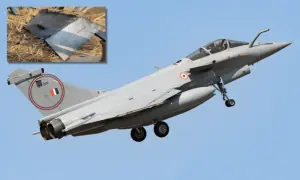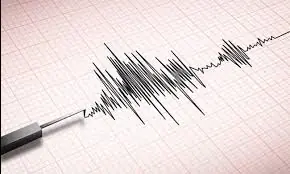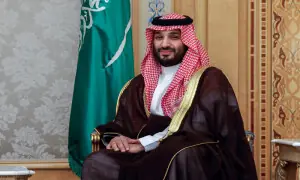Ongoing rupee depreciation not market-driven, says economist Dr Hasan
Renowned economist Dr Ashfaque Hasan Khan has said that the ongoing rupee depreciation against the US dollar is not market-driven, but part of International Monetary Fund's (IMF) prior action plan.
Pakistan's rupee has seen a more-than-usual volatile ride in recent months, having lost nearly 14% of its value against the US dollar in around six months. Just this week, the rupee has depreciated to its lowest level of 175.73 in the inter-bank market on Friday.
Talking to a private TV channel, Dr Ashfaque, a former adviser to the finance ministry, said that the depreciation has dented Pakistan’s economy as the country is facing a high inflation rate, “which has to do with rise in commodity prices in international markets, but the depreciation of PKR has added to the inflation woes”.
“The landed cost of all things that we import has increased, which was passed on to the consumer and due to this the low-income group is suffering,” he said.
The economist rejected the notion that the ongoing depreciation of the Pakistani rupee against the US dollar is market-driven, saying that this was part of the prior action plan of the IMF.
“I want to say that this exchange rate has not gone down due to any market mechanism,” said Dr Ashfaque. “The first devaluation from Rs152 to Rs165 was done as part of the prior action plan of the IMF. The IMF told us to devalue the rupee to 172-173 before meeting them,” he said.
The economist's views come amid uncertainty over IMF programme, which has rattled market participants.
Giving evidence behind his statement, the economist said that on May 2, 2021, Pakistan's rupee was 152.30, whereas the central-bank-held foreign exchange reserves stood at $15.77 billion.
"The exchange rate now stands at 175, whereas our reserves stand at $20 billion.
“The increase of reserves reflect the inflow of dollars is greater than the outflow, as the surplus becomes the reserve. Therefore, if there is pressure due to imports, the reserves should go down but that is not the case,” said the economist.
Talking about measures that can be taken to curb the massive influx of imports in Pakistan, the economist called for an adoption of "selective yet aggressive import compression policy".
“The government should set up a committee under the chairmanship of a tariff commissioner, who will be responsible for identifying items that, if not imported for one or two years, do not impact the Pakistan economy.”
The economist said that the import of such items could be hampered by several measures such as imposition of 100% cash margin, quantitative restrictions, prohibitive tariffs or outright banning their import, if required.
“We need to reduce our (annual) import bill by $8-10 billion,” he said.
This article was first published in Business Recorder on Nov 13, 2021
For the latest news, follow us on Twitter @Aaj_Urdu. We are also on Facebook, Instagram and YouTube.















Comments are closed on this story.